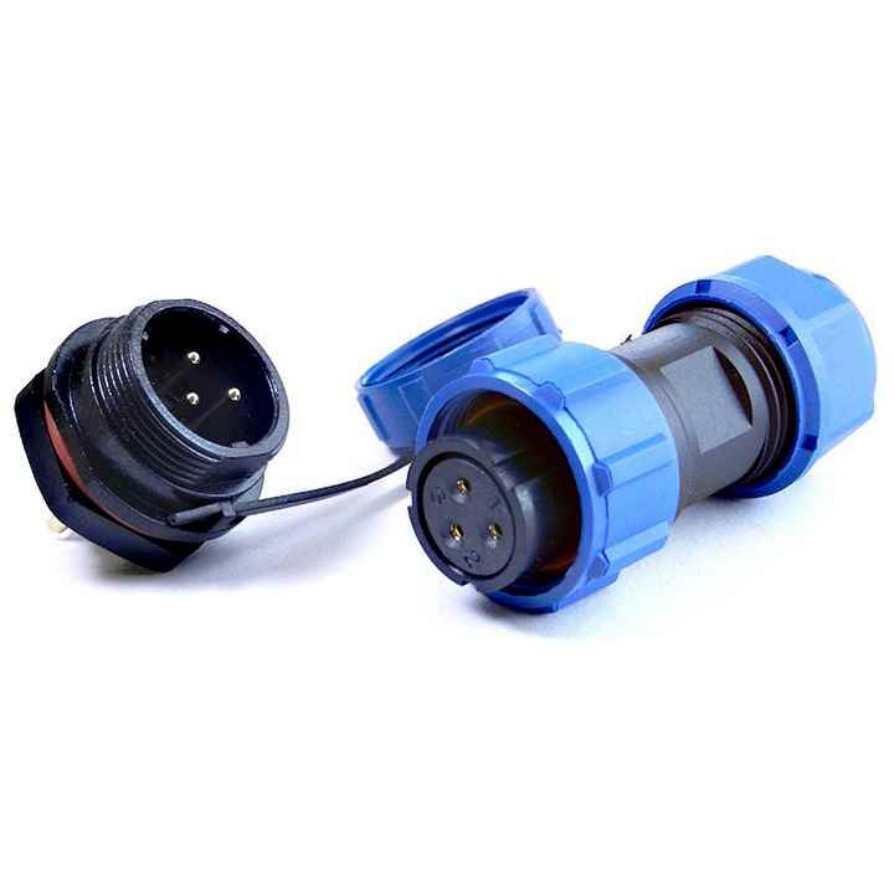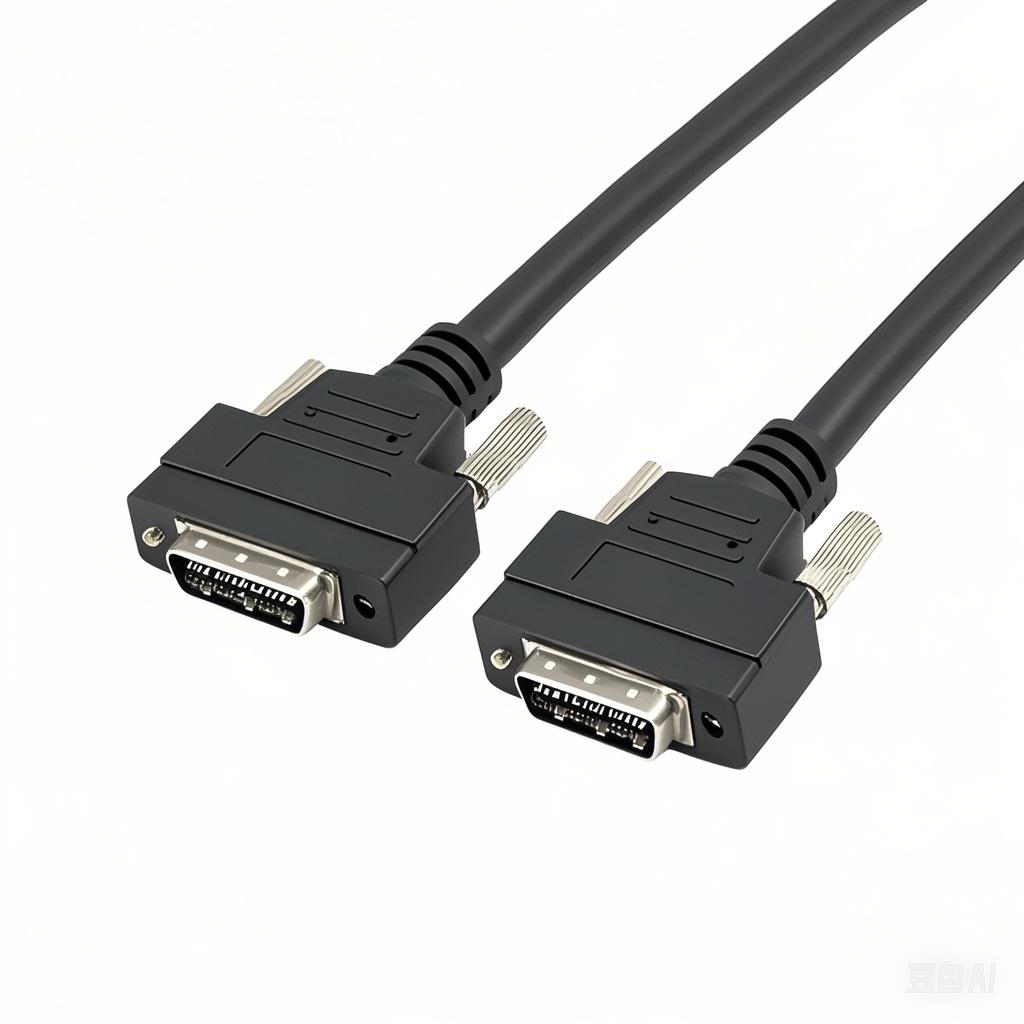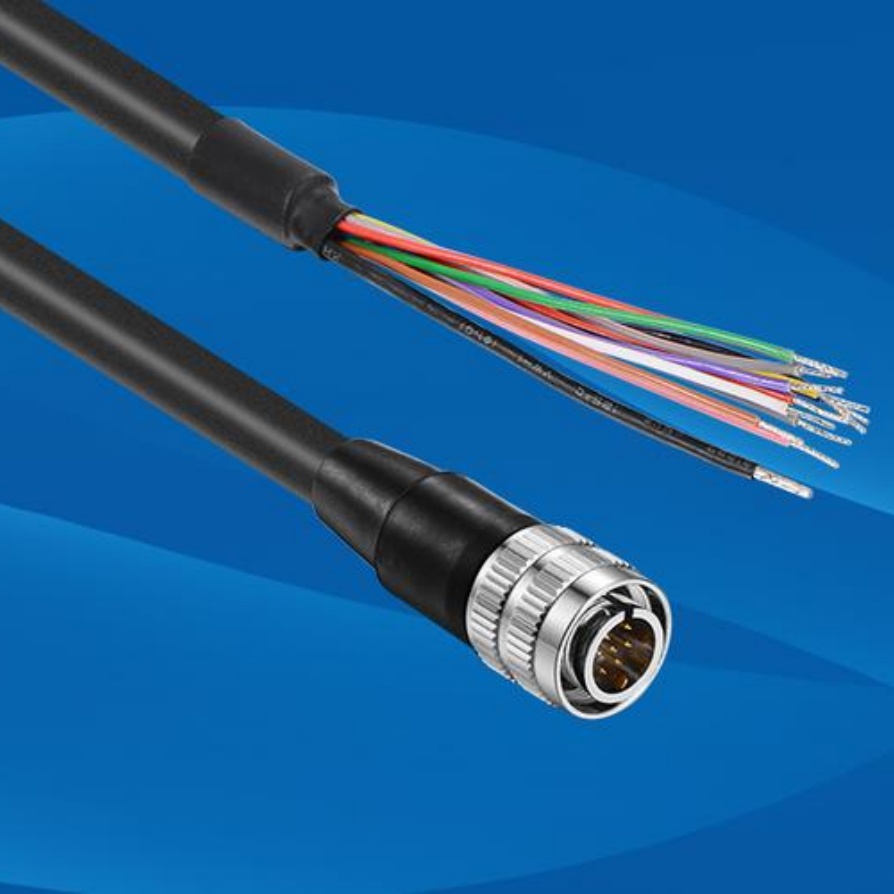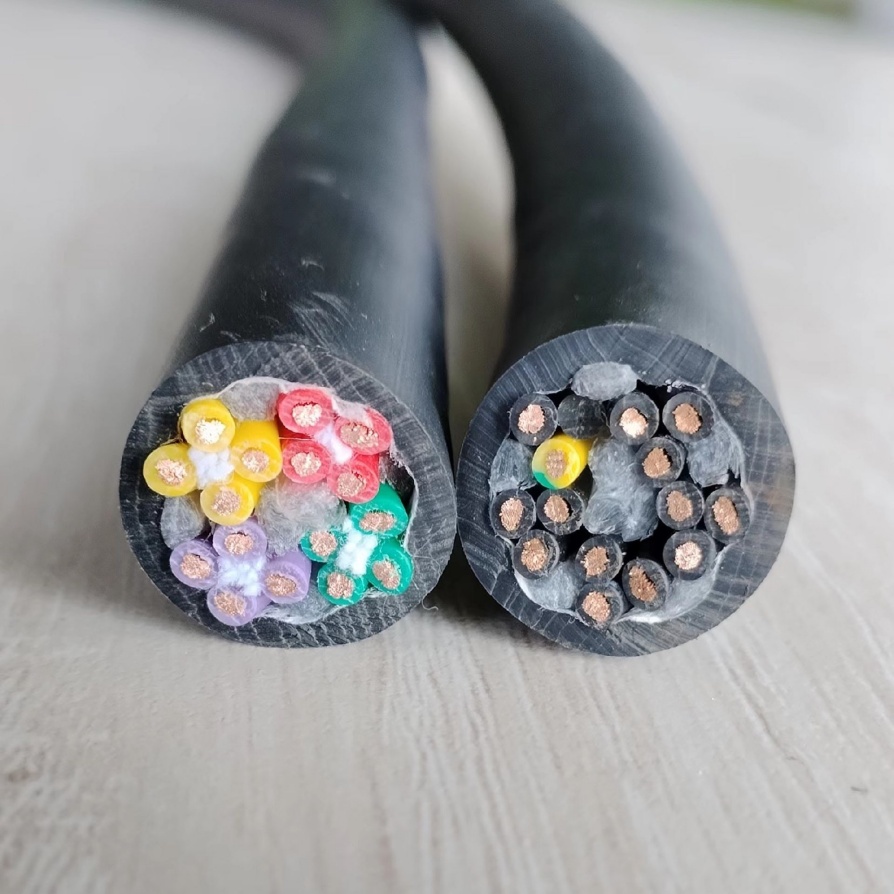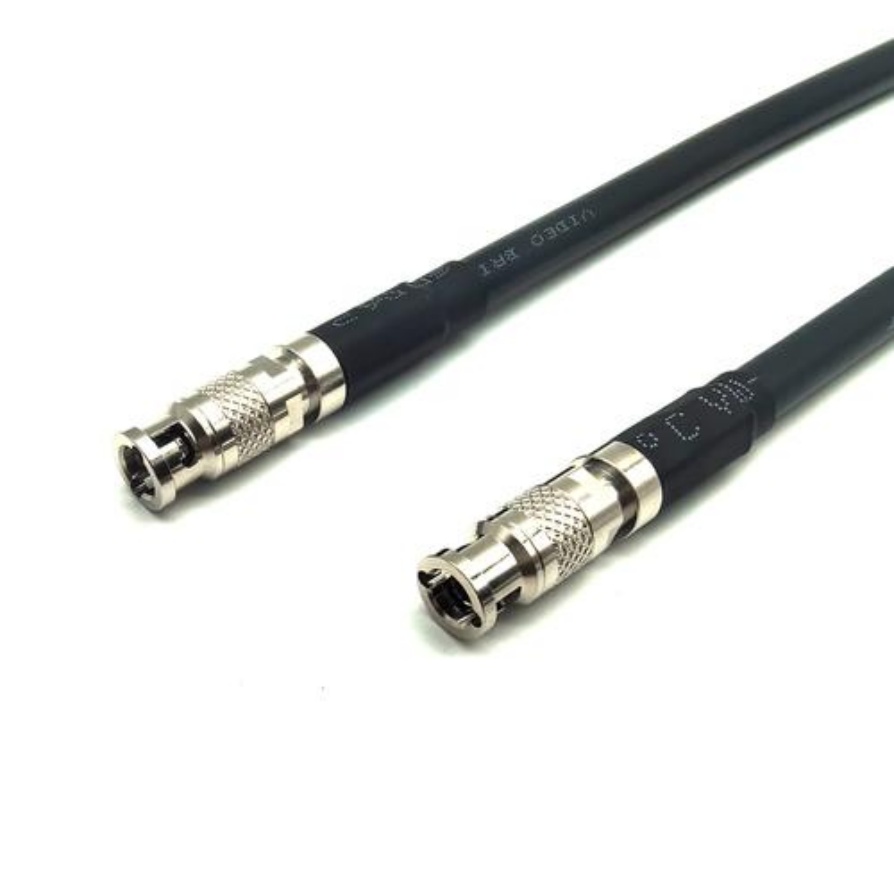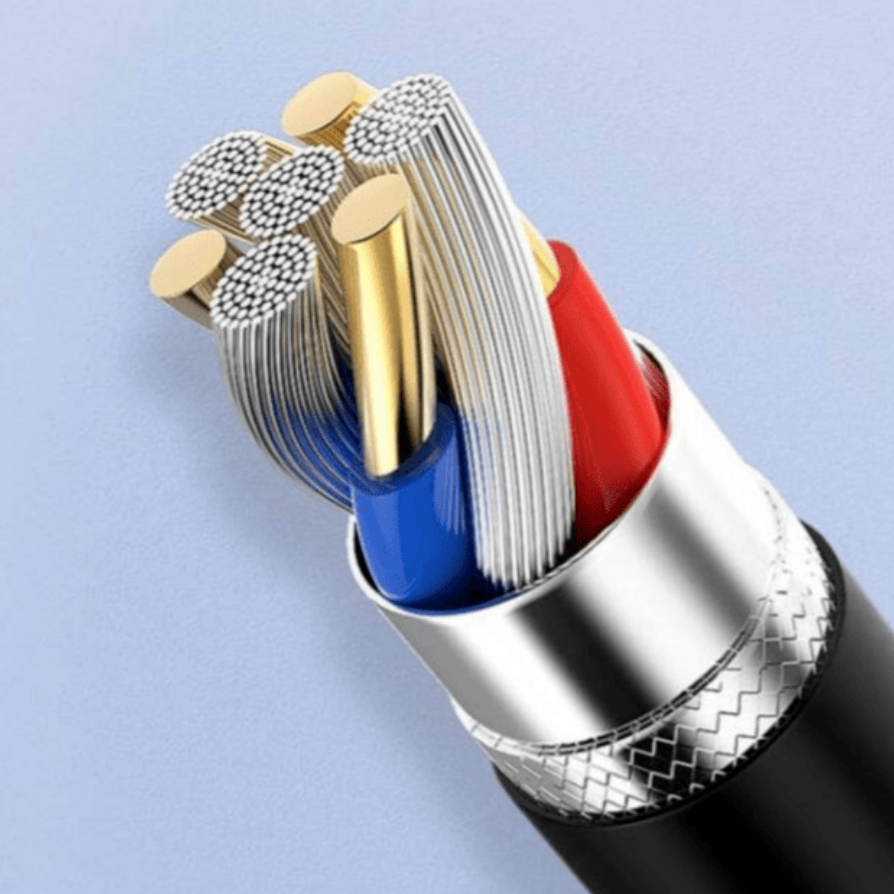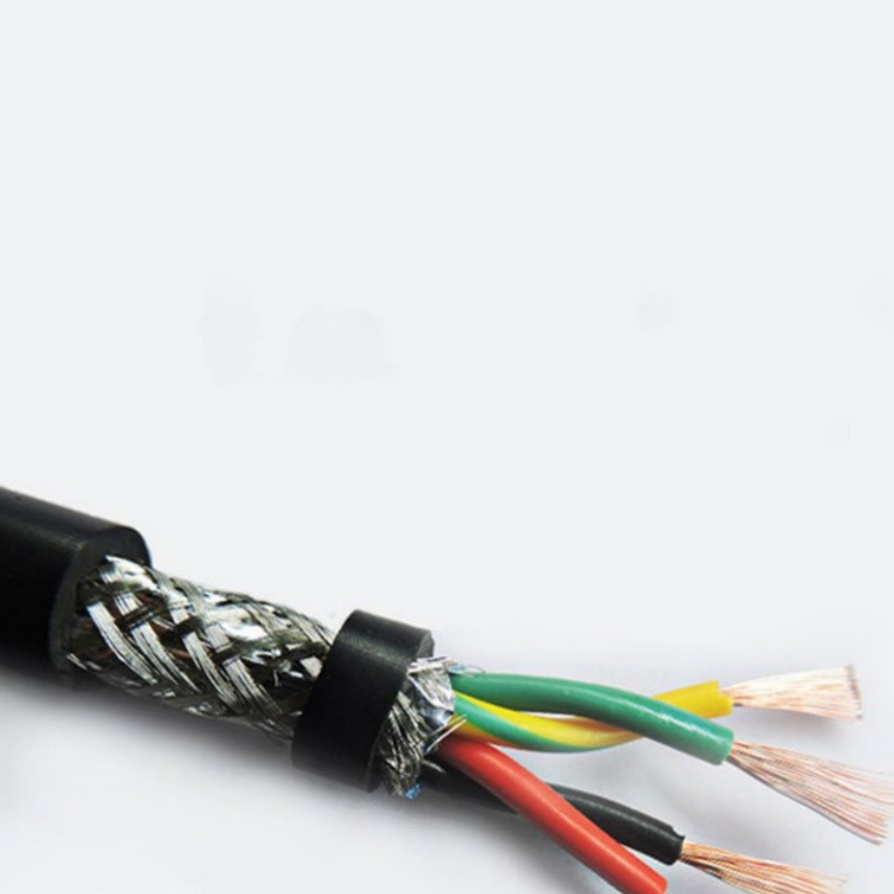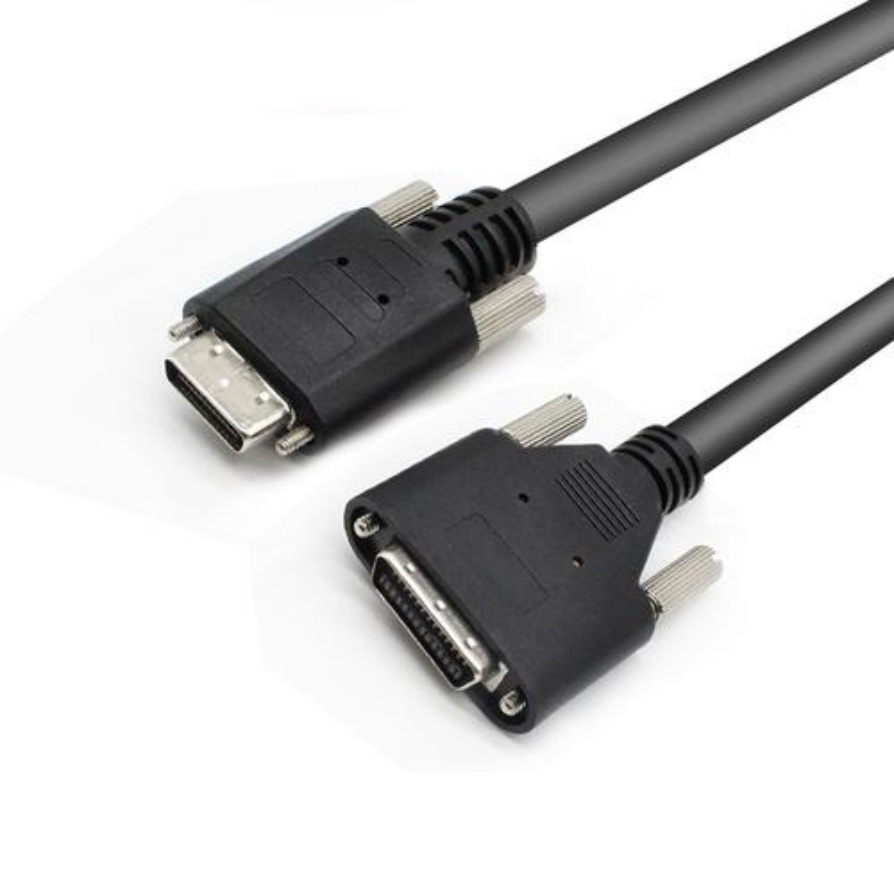How to Calculate the Voltage Drop in Machine Cable
In industrial settings, machine cables serve as the lifeline of equipment—powering motors, controlling sensors, and enabling communication between components. Yet, one critical issue often overlooked is voltage drop: the reduction in voltage as electricity flows through a cable. Even a small voltage drop can lead to costly consequences, such as decreased machine efficiency, overheating motors, or failed control systems. For engineers, electricians, and maintenance teams, knowing how to accurately calculate voltage drop in machine cables isn’t just a technical task—it’s essential for ensuring equipment reliability, safety, and long-term operational performance.
This guide breaks down the fundamentals of voltage drop in machine cables, why it matters, and provides a step-by-step method to calculate it for both DC and AC circuits. We’ll also cover key factors that influence voltage drop and common pitfalls to avoid, so you can make informed decisions when selecting or installing machine cables.
What Is Voltage Drop in Machine Cable?
Voltage drop (often abbreviated as Vd) refers to the loss of electrical potential energy as current travels through a conductive material—in this case, a machine cable. It occurs because all cables have inherent electrical resistance (and, in AC circuits, inductive reactance), which opposes the flow of current. As current pushes against this resistance, some energy is converted into heat, resulting in a lower voltage at the cable’s load end (e.g., a motor or sensor) than at its source end (e.g., a power supply).
Machine cables are uniquely susceptible to voltage drop due to their industrial use cases:
- They often span long distances (e.g., from a control panel to a machine on the factory floor).
- They carry high currents to power heavy-duty equipment like motors or pumps.
- They operate in harsh environments (extreme temperatures, moisture, or vibration) that can increase cable resistance over time.
Unlike standard building wires, machine cables are designed to withstand these conditions—but their performance still depends on proper voltage drop calculation to avoid underpowering connected equipment.
Why Calculating Voltage Drop in Machine Cable Matters
Ignoring voltage drop in machine cables can lead to a cascade of operational and safety issues. Here’s why accurate calculation is non-negotiable:
- Protects Equipment from DamageMost industrial machines (e.g., CNC routers, conveyor systems, or hydraulic pumps) are rated for a specific voltage range (e.g., 230V ±5% for a 3-phase motor). If voltage drop causes the load voltage to fall below this range, the machine may draw more current to compensate—overheating windings, burning out motors, or damaging sensitive electronics like PLCs (Programmable Logic Controllers). This not only leads to expensive repairs but also unplanned downtime.
- Ensures SafetyExcessive voltage drop can cause cables to overheat, especially if the cable is undersized for the current load. Overheated cables pose a fire risk, as insulation may melt and expose conductive cores. In hazardous industrial environments (e.g., chemical plants or oil refineries), this risk is amplified—making voltage drop calculation a critical part of workplace safety compliance.
- Optimizes Energy EfficiencyVoltage drop wastes energy: the power lost as heat (calculated as P_loss = Vd × I) is energy that could have been used to power the machine. For large facilities with dozens of machines, this wasted energy adds up to higher utility bills over time. By calculating voltage drop, you can select cables that minimize energy loss, reducing operational costs.
- Complies with Industry StandardsNearly all global electrical standards—including the National Electrical Code (NEC) in the U.S., IEC 60364 in Europe, and AS/NZS 3000 in Australia—mandate maximum allowable voltage drop for industrial circuits. For example, the NEC requires voltage drop to not exceed 3% for branch circuits powering motors and 5% for feeder circuits. Failing to comply can result in code violations, fines, or even rejected safety inspections.
Key Terms to Know Before Calculating Voltage Drop
Before diving into calculations, familiarize yourself with these essential terms—they’ll be critical for plugging the right values into formulas:
- Current (I): The flow of electricity through the cable, measured in amps (A). For machine cables, this is typically the full-load current (FLC) of the connected equipment (e.g., a motor’s FLC rating found on its nameplate).
- Cable Length (L): The total length of the cable in meters (m) or feet (ft). Note: Always use the one-way length (from source to load), not the round-trip length—most formulas account for round-trip flow by multiplying by 2 (explained later).
- Cable Cross-Sectional Area (A): The area of the cable’s conductive core, measured in square millimeters (mm²) (metric) or circular mils (CM) (imperial). Larger cross-sectional areas reduce resistance and voltage drop.
- Resistivity (ρ): A material-specific property that measures how well it resists current flow. For machine cables, the most common materials are copper (ρ = 1.72 × 10⁻⁸ Ω·m at 20°C) and aluminum (ρ = 2.82 × 10⁻⁸ Ω·m at 20°C). Copper is preferred for machine cables due to its lower resistivity.
- Power Factor (cosθ): For AC circuits only—this measures how efficiently current is converted into useful power. It ranges from 0 to 1 (1 = perfect efficiency). Most industrial motors have a power factor of 0.8 to 0.9 (lagging, due to inductive loads).
- Inductive Reactance (X): For AC circuits only—this is the opposition to current flow caused by the cable’s inductance (a result of alternating current). It’s measured in ohms (Ω) and depends on the cable’s design and frequency (typically 50Hz or 60Hz in industrial settings).
Step-by-Step Guide to Calculate Voltage Drop in Machine Cable
The method for calculating voltage drop depends on whether the machine cable is used in a DC circuit (e.g., for low-voltage sensors or battery-powered equipment) or an AC circuit (e.g., for 3-phase motors or high-voltage machinery). Below are detailed steps for both scenarios, with practical examples.
1. Calculating Voltage Drop for DC Machine Cables
DC circuits are simpler to calculate because they only account for cable resistance (no inductive reactance). The most common formula for DC voltage drop is:
Vd = (I × L × 2) / (A × ρ)
Where:
- Vd = Voltage drop (volts, V)
- I = Current (amps, A)
- L = One-way cable length (meters, m)
- 2 = Accounts for round-trip current flow (source → load → source)
- A = Cable cross-sectional area (mm²)
- ρ = Resistivity of the cable material (Ω·m)
Example: DC Machine Cable Calculation
Let’s say you’re installing a DC sensor cable for a conveyor system:
- Sensor FLC (I) = 2 A
- One-way cable length (L) = 50 m
- Cable material = Copper (ρ = 1.72 × 10⁻⁸ Ω·m)
- Cable cross-sectional area (A) = 1.5 mm² (convert to m²: 1.5 × 10⁻⁶ m²)
Step 1: Plug values into the formula
Vd = (2 A × 50 m × 2) / (1.5 × 10⁻⁶ m² × 1.72 × 10⁻⁸ Ω·m)
Step 2: Simplify the numerator and denominator
Numerator: 2 × 50 × 2 = 200
Denominator: 1.5 × 10⁻⁶ × 1.72 × 10⁻⁸ = 2.58 × 10⁻¹⁴
Step 3: Calculate Vd
Vd = 200 / (2.58 × 10⁻¹⁴) = 7.75 × 10⁻¹³ V? Wait—no, that’s a mistake. Always double-check unit conversions!
Correction: When using mm² for area, use a simplified resistivity value for copper: 0.0172 Ω·mm²/m (this avoids converting mm² to m²). The adjusted formula becomes:
Vd = (I × L × 2 × ρ) / A
Where ρ = 0.0172 Ω·mm²/m (copper at 20°C).
Now recalculate:
Vd = (2 A × 50 m × 2 × 0.0172 Ω·mm²/m) / 1.5 mm²
Vd = (3.44) / 1.5 ≈ 2.29 V
Step 4: Check if it’s within standards
If the sensor’s source voltage is 24 V, the voltage drop percentage is (2.29 V / 24 V) × 100 ≈ 9.5%. This exceeds the typical 5% limit for DC sensors—so you’d need to upgrade to a larger cable (e.g., 2.5 mm²) to reduce voltage drop.
2. Calculating Voltage Drop for AC Machine Cables
Most industrial machines run on AC power (single-phase or 3-phase), which requires accounting for both resistance (R) and inductive reactance (X). The formula for AC voltage drop is more complex, but we’ll break it down for practical use.
For Single-Phase AC Circuits
The formula for single-phase AC voltage drop is:
Vd = (2 × L × I × (R × cosθ + X × sinθ)) / 1000
Where:
- Vd = Voltage drop (V)
- L = One-way cable length (m)
- I = Current (A)
- R = AC resistance of the cable (Ω/km) (found in cable datasheets)
- X = Inductive reactance of the cable (Ω/km) (found in cable datasheets)
- cosθ = Power factor (0.8–0.9 for most motors)
- sinθ = Sine of the phase angle (calculated as √(1 – cos²θ))
For 3-Phase AC Circuits
3-phase circuits are the most common in industrial settings (e.g., for motors, pumps, or compressors). The formula is similar but uses a factor of √3 (instead of 2) to account for 3-phase power flow:
Vd = (√3 × L × I × (R × cosθ + X × sinθ)) / 1000
Example: 3-Phase AC Machine Cable Calculation
Let’s calculate the voltage drop for a 3-phase motor cable:
- Motor FLC (I) = 40 A
- Source voltage = 480 V (3-phase)
- One-way cable length (L) = 80 m
- Cable type: 4-core copper cable (10 mm²)
- From the cable datasheet: R = 1.83 Ω/km, X = 0.12 Ω/km (at 50Hz)
- Power factor (cosθ) = 0.85 (typical for motors)
Step 1: Calculate sinθ
sinθ = √(1 – cos²θ) = √(1 – 0.85²) = √(1 – 0.7225) = √0.2775 ≈ 0.527
Step 2: Plug values into the 3-phase formula
Vd = (√3 × 80 m × 40 A × (1.83 Ω/km × 0.85 + 0.12 Ω/km × 0.527)) / 1000
Step 3: Simplify the terms inside the parentheses
First, calculate (R × cosθ): 1.83 × 0.85 ≈ 1.5555 Ω/km
Then, calculate (X × sinθ): 0.12 × 0.527 ≈ 0.0632 Ω/km
Sum: 1.5555 + 0.0632 ≈ 1.6187 Ω/km
Step 4: Complete the calculation
Vd = (1.732 × 80 × 40 × 1.6187) / 1000
Vd = (1.732 × 80 × 64.748) / 1000
Vd = (1.732 × 5179.84) / 1000
Vd ≈ 8971.5 / 1000 ≈ 8.97 V
Step 5: Check if it’s within standards
Voltage drop percentage = (8.97 V / 480 V) × 100 ≈ 1.87%. This is well below the NEC’s 3% limit for motor circuits—so the 10 mm² cable is suitable.
Key Factors That Increase Voltage Drop in Machine Cables
Even with accurate calculations, certain factors can cause unexpected voltage drop. Be sure to account for these when selecting or installing machine cables:
- Longer Cable LengthsVoltage drop is directly proportional to cable length—longer cables have higher resistance, leading to more voltage loss. If a machine is far from the power source, use a larger cross-sectional area to compensate.
- Smaller Cable Cross-Sectional AreaA smaller cable (e.g., 1.5 mm² vs. 4 mm²) has less conductive material, increasing resistance. Always select a cable size that matches the current load and length—undersized cables are the #1 cause of excessive voltage drop.
- High Ambient TemperaturesCable resistance increases with temperature. In hot industrial environments (e.g., near furnaces or in outdoor summer conditions), copper cables can see a 10–20% increase in resistance. Use heat-resistant cables (e.g., XLPE insulation) and derate current capacity if temperatures exceed 20°C.
- Aluminum vs. Copper CablesAluminum has 61% more resistivity than copper. While aluminum cables are cheaper, they require a 30–40% larger cross-sectional area to match copper’s voltage drop performance. For critical machines, copper cables are more reliable.
- Poor Cable TerminationsLoose or corroded terminations (e.g., at terminal blocks or motor connectors) add extra resistance. Even a small 0.1 Ω loose connection can cause significant voltage drop at high currents (e.g., 0.1 Ω × 40 A = 4 V drop). Always torque terminations to manufacturer specs and inspect for corrosion regularly.
Common Mistakes to Avoid When Calculating Voltage Drop
Even experienced engineers make mistakes when calculating voltage drop. Here are the most frequent errors and how to prevent them:
- Using Round-Trip Length Instead of One-Way LengthMost formulas (e.g., DC and single-phase AC) already include a factor of 2 to account for round-trip flow. If you use round-trip length, you’ll double-count the distance and overestimate voltage drop. Always use one-way length.
- Ignoring Power Factor in AC CircuitsOmitting power factor (or using 1.0) will underestimate voltage drop, especially for inductive loads like motors. Always use the actual power factor from the equipment nameplate (typically 0.8–0.9).
- Using Resistivity for Cold Temperatures in Hot EnvironmentsStandard resistivity values are for 20°C (68°F). In high-temperature areas, use derated resistivity values (e.g., copper resistivity increases by ~0.4% per °C above 20°C).
- Forgetting to Account for Voltage Drop in Parallel CablesIf multiple cables are run in parallel (to carry high current), the total resistance decreases, reducing voltage drop. Calculate the equivalent resistance of parallel cables first (1/R_total = 1/R1 + 1/R2 + …) before plugging into the voltage drop formula.
Why FRS Factory Is Your Trusted Partner for Low-Voltage-Drop Machine Cables
Calculating voltage drop is only half the battle—you need a machine cable that delivers consistent performance, meets industry standards, and minimizes voltage loss over time. That’s where FRS Factory comes in.
As a leading manufacturer of industrial machine cables, FRS prioritizes the key factors that reduce voltage drop:
- High-Purity Copper Conductors: FRS uses 99.99% pure electrolytic copper, which has a lower resistivity (0.0172 Ω·mm²/m) than standard copper cables. This ensures minimal resistance and voltage loss, even over long lengths.
- Precision Cross-Sectional Areas: Every FRS cable is manufactured to exacting size tolerances (±5% for mm² ratings), so the cross-sectional area you specify is the area you get. No undersized cables—no unexpected voltage drop.
- Heat-Resistant Insulation: FRS machine cables use XLPE (cross-linked polyethylene) or EPR (ethylene propylene rubber) insulation, which maintains stable resistance even in temperatures up to 125°C. This eliminates resistance spikes caused by heat, keeping voltage drop consistent.
- Datasheets You Can Trust: FRS provides detailed datasheets for every cable, including AC resistance (R), inductive reactance (X), and current derating factors for high temperatures. This makes your voltage drop calculations accurate and reliable.
- Custom Solutions for Your Needs: Whether you need a 100m cable for a 3-phase motor or a short, flexible cable for a sensor, FRS can customize length, insulation, and shielding to match your exact application—ensuring optimal voltage drop performance.
At FRS Factory, we don’t just sell cables—we provide solutions that help you avoid the costs of machine downtime, equipment damage, and energy waste. When you choose FRS machine cables, you’re choosing a product that’s engineered to work in harmony with your voltage drop calculations, keeping your industrial operations running smoothly.
For more information on FRS machine cables or to request a datasheet for your next project, contact our team today.


